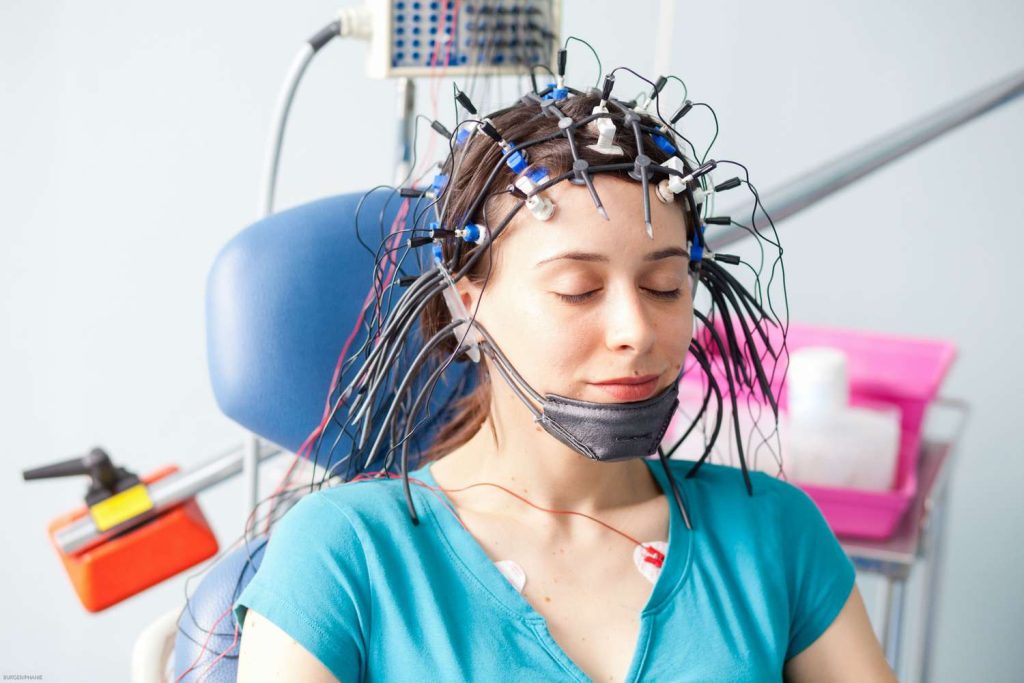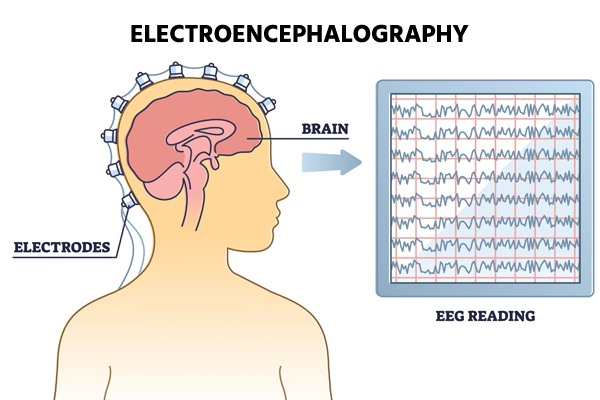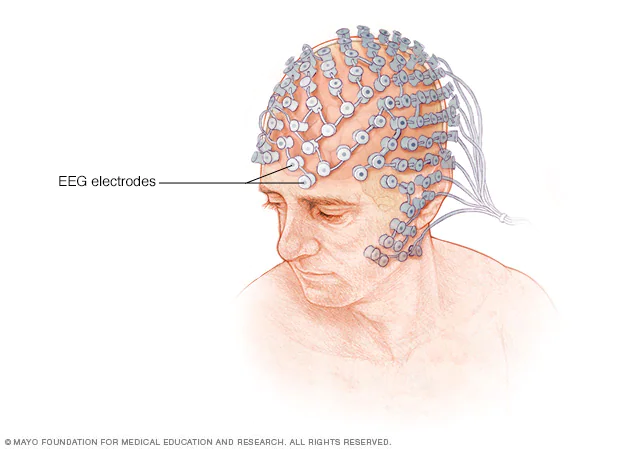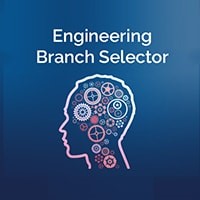For ages, academics and researchers have been fascinated by the human brain, which is at times referred to as the “command center of the body.” The Electroencephalogram (EEG) is one of the most amazing instruments for analyzing brain activity. This non-invasive method allows us to look into the complex operations of the brain, giving us knowledge on a variety of neurological disorders and cognitive abilities. We dig into the realm of EEG in this detailed tutorial, learning about its history, uses, and importance in understanding the secrets of the mind.
Table of Contents
- EEG Full Form: Introduction
- EEG Full Form: Understanding Brain Waves
- EEG Full Form: The EEG Process
- EEG Full Form: Application of EEG
- EEG Full Form: Cognitive & Neurological Research
- EEG Full Form: Brain-Computer Interfaces
- EEG Full Form: Challenges & Future Directions
- EEG Full Form: Conclusion
- EEG Full Form: FAQs
Introduction to Electroencephalogram (EEG)

A test to gauge brain electrical activity is called an electroencephalogram (EEG). Electrodes positioned on the scalp are used in this non-invasive investigation to capture the electrical impulses produced by brain cells. Epilepsy, sleep issues, and brain tumors are among the many of the neurological problems that may be identified with EEGs. They can also be used to assess how well the brain is functioning in those who have had a stroke or head injury.
EEGs are frequently carried out in a hospital or doctor’s office. The patient will close their eyes when they lie down on a bed or couch. A special paste will be used to apply the electrodes to the scalp. A device which stores the electrical impulses is linked to the electrodes. /li>
Understanding Brain Waves
- The Dance of Neurons
Brain cells, or neurons, communicate through electrical signals. EEG captures these signals, providing a glimpse into the synchronized dance of neurons across different brain regions. - Brain Waves and Cognitive States
Different cognitive states, such as relaxation, concentration, and sleep, are associated with distinct patterns of brain waves. EEG helps identify these states and their underlying neural mechanisms.

The EEG Process
- Electrodes and Signal Acquisition
Electrodes, placed on the scalp, detect the brain’s electrical activity. The signals are amplified, filtered, and transformed into visual or digital data for analysis. - Recording and Analysis
EEG recordings, displayed as waveforms, represent the brain’s electrical patterns over time. Advanced analysis techniques reveal insights into brain function and abnormalities.
Applications of EEG

- Diagnosing Epilepsy and Seizure Disorders
EEG is a cornerstone in diagnosing epilepsy and seizure disorders. It captures the telltale signs of abnormal electrical activity in the brain. - Monitoring Brain Health in Critical Care
In intensive care settings, EEG helps monitor brain health, detect changes, and guide treatment decisions in patients with traumatic brain injuries or comatose states. - Studying Sleep Patterns and Disorders
EEG plays a crucial role in sleep medicine, unraveling sleep patterns, detecting disorders like sleep apnea, and aiding treatment planning.
Cognitive and Neurological Research
| Research Area | Description |
|---|---|
| Cognitive Neuroscience | The study of the brain and nervous system as they relate to mental processes, such as attention, memory, language, and learning. |
| Neuroimaging | The use of medical imaging techniques, such as fMRI and EEG, to study the structure and function of the brain. |
| Neural Engineering | The development of devices and technologies that can interact with the nervous system, such as brain-computer interfaces and neural implants. |
| Neurogenetics | The study of the genetic basis of neurological disorders, such as Alzheimer’s disease and Parkinson’s disease. |
| Neuropharmacology | The study of the effects of drugs on the nervous system, such as the use of drugs to treat neurological disorders. |
EEG in Brain-Computer Interfaces (BCIs)
| EEG Feature | Description |
|---|---|
| Non-invasive | EEG is a non-invasive technique, which means that it does not require surgery or the insertion of electrodes into the brain. This makes it a more attractive option for BCI users, as it is less risky and more comfortable. |
| Real-time | EEG can be used to measure brain activity in real time. This allows BCI users to control devices or machines immediately, without any delay. |
| High temporal resolution | EEG can measure brain activity with a high temporal resolution, which means that it can detect changes in brain activity very quickly. This is important for BCI applications that require precise control, such as controlling a prosthetic limb. |
| Relatively low cost | EEG is a relatively low-cost technology, which makes it more accessible to researchers and developers. This has helped to drive the growth of the BCI field. |
| Limited spatial resolution | EEG has limited spatial resolution, which means that it cannot provide a detailed map of brain activity. This is a limitation of EEG, but it is being addressed by new technologies, such as MEG and fMRI. |
| Subjective | EEG data can be affected by the user’s state of mind, such as their level of attention or their emotional state. This can make it difficult to interpret EEG data and to develop reliable BCI systems. |
Challenges and Future Directions
- Enhancing Spatial Resolution
Advances in EEG technology aim to improve the spatial resolution of brain activity mapping, enabling more precise localization of neural events. - Real-time Brain Monitoring and Analysis
Efforts are underway to develop real-time EEG analysis tools for rapid detection of abnormalities and timely intervention.
Conclusion: Illuminating the Inner Workings of the Brain
In conclusion, the Electroencephalogram (EEG) has transformed neuroscience, enabling us to peek into the brain’s intricate activities. Its applications in diagnosing disorders, advancing research, and powering Brain-Computer Interfaces hold immense potential, promising a deeper understanding of the human mind and improved quality of life for individuals with neurological conditions.
FAQs
Yes, EEG is generally considered to be a safe and painless test. The electrodes that are used to record brain activity are placed on the scalp with a special paste, and they do not cause any discomfort. The test itself is usually very short, lasting only about 30 minutes.
EEG is not a diagnostic test for psychiatric disorders. It cannot be used to diagnose a specific mental health condition. However, EEG can be used to identify abnormal brain activity, which may be a sign of a psychiatric disorder. For example, EEG can be used to identify abnormal brain activity in people with schizophrenia, bipolar disorder, and depression.
EEG is used in meditation and mindfulness research to measure changes in brain activity that occur during these practices. Specifically, EEG can be used to measure theta waves and gamma waves.



















